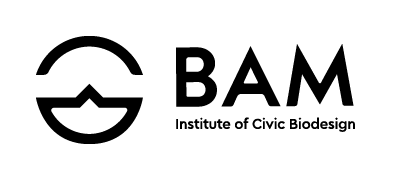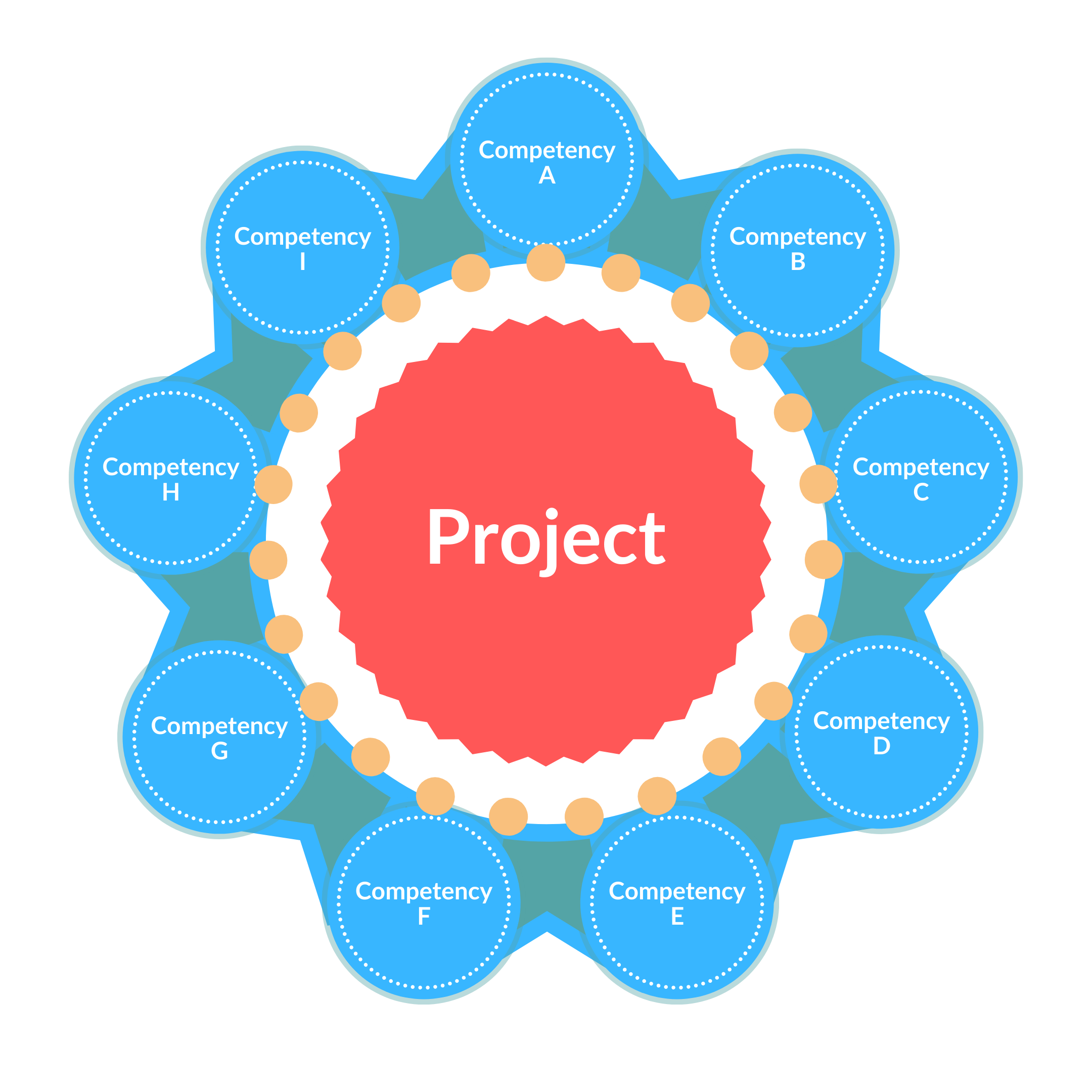
How does BAM work?
Raising up new pioneers requires a new kind of education.
Mission
The BAM Institute for Civic Biodesign is a unique higher education program dedicated to raising up emergent leaders who deploy whole-system, regenerative strategies through immersive learning in embedded community contexts.
Mission Explanation
Each of these terms requires some unpacking in order to understand just how different the Institute is.
Emergent - Students become mature humans by daring to practice adaptive, emergent patterns. They iterate; they are free to fail. The school itself embraces rapid iteration as the new normal. The Institute rejects the cult of safety which shelters students and staff from true growth.
Whole-system - Students are always thinking about the interrelation of things, examining how elements and subsystems influence one another within a whole. The school itself is unabashedly interdisciplinary. The Institute rejects the culture of specialization and silos.
Regenerative - Students engage in projects that look for the renewable and develop the sustainable. They learn from nature. The institute itself strives to be self-renewing and self-funded. The Institute rejects pedagogies of short-term gain delivered by unsustainable programs.
Immersive - Students learn in real-world environments where education and action become one. Their campus is on the job site, on the river, in the backyard – wherever holistic education happens. The institute itself is multi-locational. The Institute rejects abstracted classroom learning.
Embedded - Students tackle projects in their community contexts, projects that help the city and region thrive. Research and solutions, while local, aim to be globally relevant. Students work in close partnership with regional businesses, government, and their personal networks. The Institute rejects educational isolation.
Civic Biodesign
The best shorthand for the Institute’s mode is civic biodesign. “Civic biodesign” is a new term, one which captures some of the most exciting developments in the world today.
The BAM Institute is civic. Students take on local projects to help the city and region thrive. Students work closely with businesses, government, and people in their personal network.
The BAM Institute is bio-. Students take on projects that apply the sciences, especially the life sciences. They learn from nature in order to encourage healthy systems that can regenerate.
The BAM Institute is design. Students imagine, build, and deploy human-centered solutions. They draw from the arts and social sciences in order to promote human flourishing.
Threefold Pedagogy
Achieving emergent, whole-system, regenerative, immersive, embedded learning is no small vision. To build such a learning culture, the Institute will structure its curriculum according to the emerging practices of three alternative pedagogies:
project-based, in which learning is done through relevant projects in immersive environments
competency-based, in which educational progress is measured in terms of demonstrated proficiency
network-based, in which the learner taps into a personal network for supervision.
Curricular Structure
What this looks like in practice is a curriculum built around 12 modules. Each module has a project at its core, along with nine competencies in which proficiency is demonstrated. While the project and competencies constitute special types of units of measurement of learning, they can be thought of in terms of 2 credit hours for the project and 3 credit hours for the nine competencies taken together, amounting to 5 credit hours in all for the whole module.
Curricular Content
Because of the extreme range of content associated with civic biodesign, the Institute does not have totally standardized subject matter. The project is specially organized for the student according to his or her interests as well as the needs of the community. Many of the competencies permit customization. That is to say, the curriculum can look quite different from one student to the next. It is always highly contextualized.
That said, there is a framework that governs all students. The BAM Institute’s curriculum is organized around the 12 Permaculture Principles, one module per principle. Additionally, there are some predictable competencies, practices, and experiences in the BAM Institute, helping to facilitate the special dynamics of civic biodesign.
Supervision
Supervision of each module is distributed, meaning that a student will be trained and assessed by a range of people. The project is overseen and assessed by a coach. The competencies are overseen by the coach, but assessed more broadly, either by the coach, a designated subject matter expert (e.g., professor or technical specialist), or mentors in one’s personal network.
Permaculture Principles
The BAM Institute’s curriculum consists of twelve modules ordered by the 12 Permaculture Principles, one module per principle.
Observe and Interact: By taking time to engage with nature we can design solutions that suit our particular situation.
Catch and Store Energy: By developing systems that collect resources at peak abundance, we can use them in times of need.
Obtain a Yield: Ensure that you are getting truly useful rewards as part of the work that you are doing.
Apply Self-regulation and Accept Feedback: We need to discourage inappropriate activity to ensure that systems can continue to function well.
Use and Value Renewable Resources and Services: Make the best use of nature's abundance to reduce our consumptive behavior and dependence on non-renewable resources.
Produce No Waste: By valuing and making use of all the resources that are available to us, nothing goes to waste.
Designing from Patterns to Details: By stepping back, we can observe patterns in nature and society. These can form the backbone of our designs, with the details filled in as we go.
Integrate Rather than Segregate: By putting the right things in the right place, relationships develop between those things and they work together to support each other.
Use Small and Slow Solutions: Small and slow systems are easier to maintain than big ones, making better use of local resources and producing more sustainable outcomes.
Use and Value Diversity: Diversity reduces vulnerability to a variety of threats and takes advantage of the unique nature of the environment in which it resides.
Use Edges and Value the Marginal: The interface between things is where the most interesting events take place. These are often the most valuable, diverse and productive elements in the system.
Creatively Use and Respond to Change: We can have a positive impact on inevitable change by carefully observing, and then intervening at the right time.
Historically, the Permaculture Principles have been applied most often to ecology. The BAM Institute repurposes them for a broader agenda, one that pursues whole systems action through civic biodesign. See how an individual module is broken down here.
Length of Program
Due to the flexible rate of completion, every student will be on his or her own timeline. A person who engages the curriculum full time can expect to complete the program in two years.

